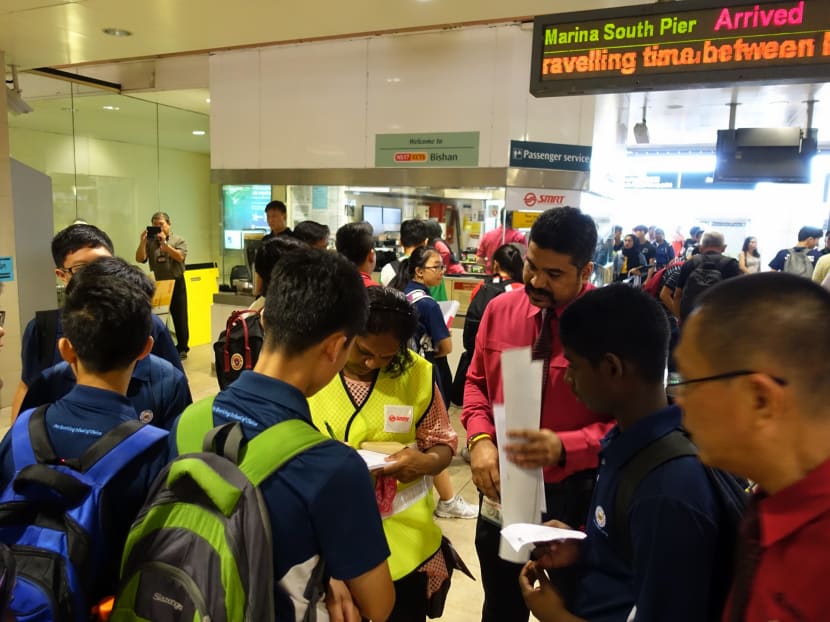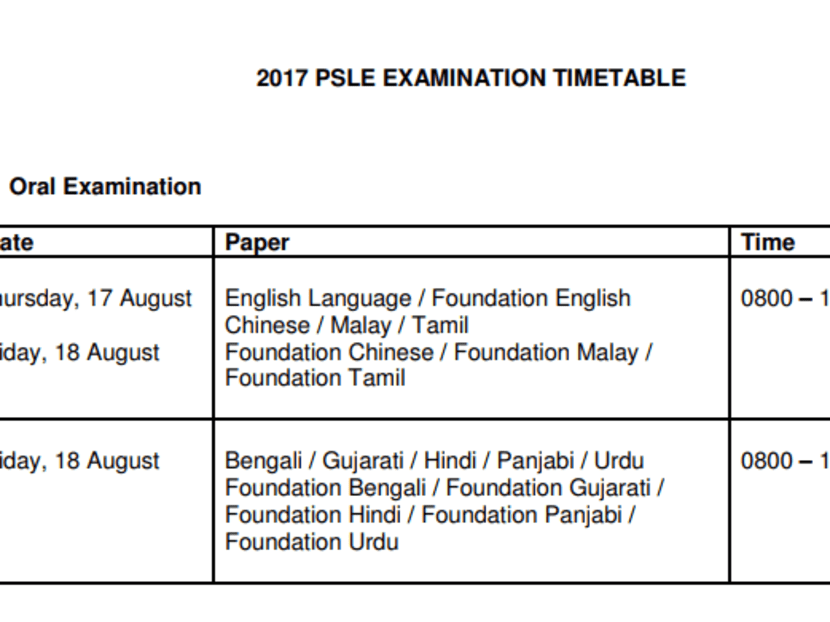Faulty train, supervision system behind major NSL, DTL disruptions
SINGAPORE — A defective train and a faulty automatic train supervision system were likely behind the signalling faults that caused major delays on the North-South Line (NSL) and disrupted the entire Downtown Line (DTL) for a period on Friday (Aug 18) morning, the Land Transport Authority (LTA) said.

Early morning commuters on Friday (Aug 18) were hit by twin disruptions on the train network, as signalling faults disrupted the entire Downtown Line (DTL) for about 35 minutes and caused major delays on the North-South Line (NSL). Photo: Koh Mui Fong/TODAY
SINGAPORE — A defective train and a faulty automatic train supervision system were likely behind the signalling faults that caused major delays on the North-South Line (NSL) and disrupted the entire Downtown Line (DTL) for a period on Friday (Aug 18) morning, the Land Transport Authority (LTA) said.
Releasing preliminary findings into the disruptions that frustrated thousands of commuters heading to work and students trying to reach their school on time for their Primary School Leaving Examination (PSLE) oral exams, LTA said in a statement that the two faults were "separate and unrelated".
Friday's twin disruptions, which came after Thursday evening's peak-hour train delay on the NSL due to a signalling fault near Ang Mo Kio station, lasted for about three hours. Regular services resumed at 9am and 9.15am respectively on the DTL and NSL.
LTA said a defective train, which has since been pulled from service, may have been the cause of the problems on the NSL. The faulty train was reportedly transmitting erroneous signals to the wayside radio units, which are used to transmit signals between trains and MRT stations, and causing them to fail.
This resulted in the trains moving at a slower speed for safety reasons, which in turn led to congestion at the NSL stations. Engineers from the LTA, SMRT, and Thales, the supplier of the new signalling system being tested on the NSL, are conducting further investigations.
Meanwhile, preliminary investigations suggest that a fault in the DTL's automatic train supervision system, which ensures that train services operate according to a pre-planned timetable, likely caused Friday morning's delays.
The fault prevented trains from being automatically launched from the depot, and they had to be driven to the main line manually and at a lower speed. Engineers from the LTA, SBS Transit, and Siemens, the supplier of the supervision system, are similarly conducting further investigations.
"We are sorry for the inconvenience commuters faced this morning," said LTA.
The delays affected those going to work, as well as Primary Six students trying to get to school on time for their 8am PSLE oral exams.
The Ministry of Education (MOE) told the students that they need not worry if they were late as they could take the exam at a later time, if necessary. The ministry also told students they did not need to pick up excuse letters at the affected train stations.
This came as staff at some MRT stations were seen giving out "travel chits" to students indicating the timings which they had entered and exited stations affected by the train delays on Friday morning.
Transport operator SMRT first tweeted about the NSL delay at 6.29am, warning commuters of a 30 minutes delay between Sembawang and Marina South Pier both bounds. Minutes later, the delay worsened to 45 minutes.
At 6.38am, SMRT advised commuters to take other MRT lines or seek alternative transport towards the city.
However, service on the entire DTL went down at about the same time. SBS Transit said in a tweet at 6.25am that there was no DTL service due to a signalling fault.
SBS Transit explained in a statement that its first train was delayed by a signalling fault and could not be launched automatically from the depot to the Downtown Line.
Trains had to be manually driven, and the first train only started service at 5.37am at DT1 Bukit Panjang Station, seven minutes later than scheduled.
"As trains were progressively put into service, this resulted in an additional travelling time of about 15 minutes," SBS Transit added.

(Click to enlarge. The 2017 PSLE oral examination timetable. Source: MOE)
"The Singapore Examinations and Assessment Board was informed about the delay," said Ms Tammy Tan, Senior Vice President, Corporate Communications, SBS Transit.
The Ministry of Education (MOE) also assured students that "arrangements will be made for those who arrive late".
"You need not pick up any excuse letter at the MRT station. Just let your school know. If necessary, you will be able to take the exam at a later time," MOE said in a statement posted on Facebook.
At 9.03am, SBS Transit announced on Twitter that train services on the Downtown Line had returned to normal.
Train services on the NSL progressively returned to normal at 8.30am, SMRT said, albeit with 30 minutes delays due to congestion at the affected stations along the line. Regular services resumed at at 9.15am, as free regular bus and bridging bus services ended.
"Signalling experts and engineers are still checking the system to identify the root cause of the problem," SMRT wrote on Facebook at 9.22am.






